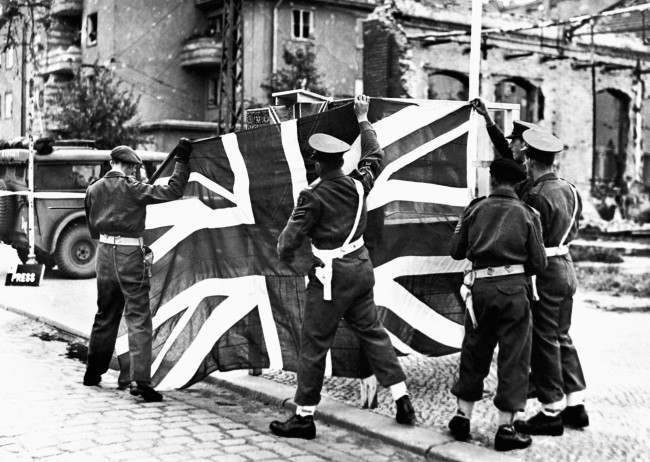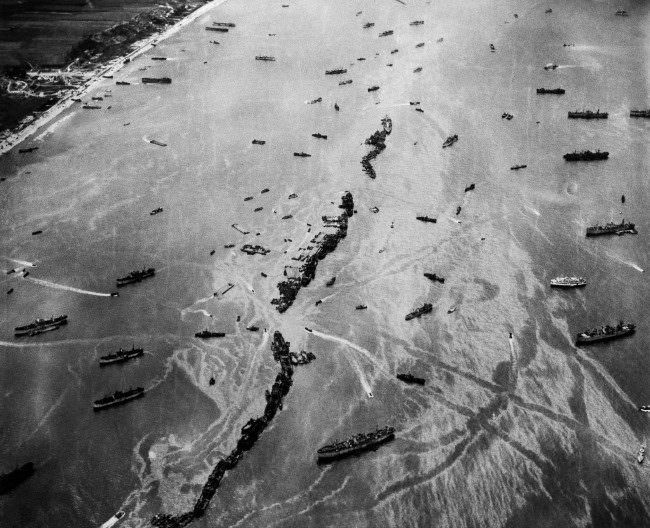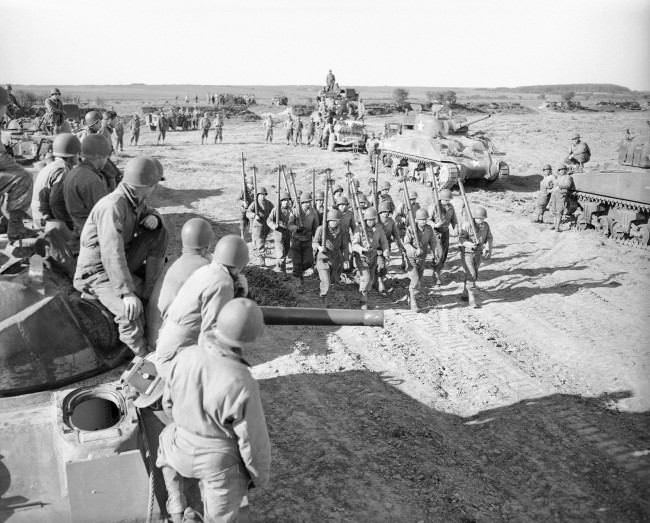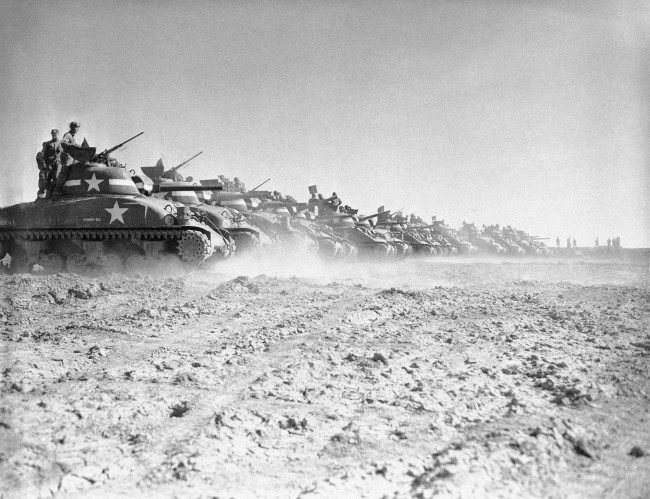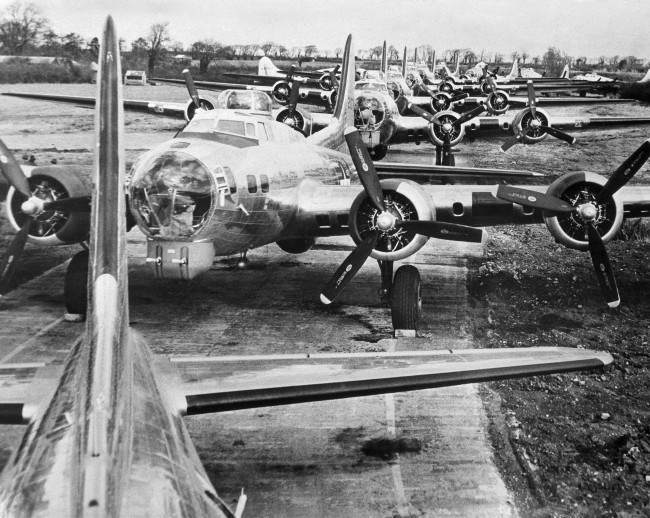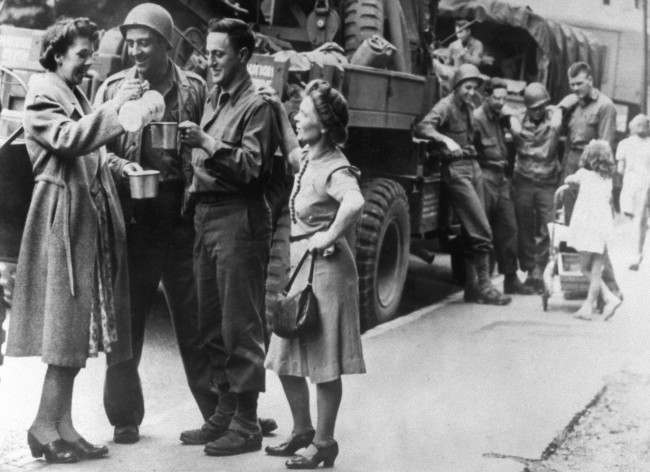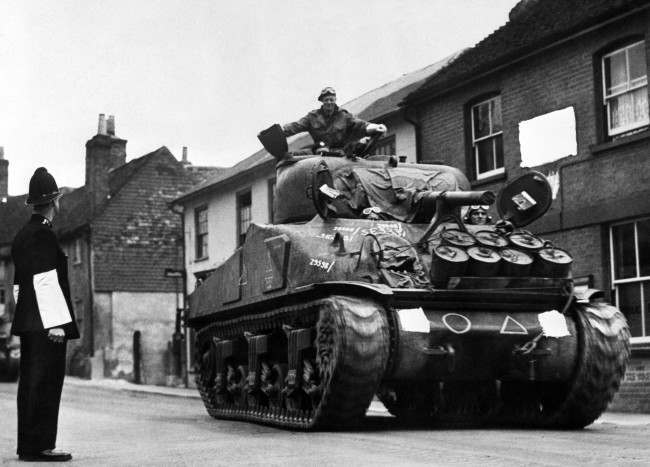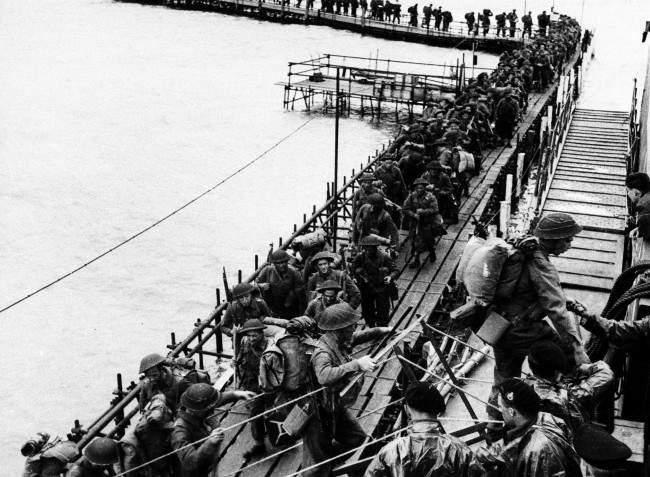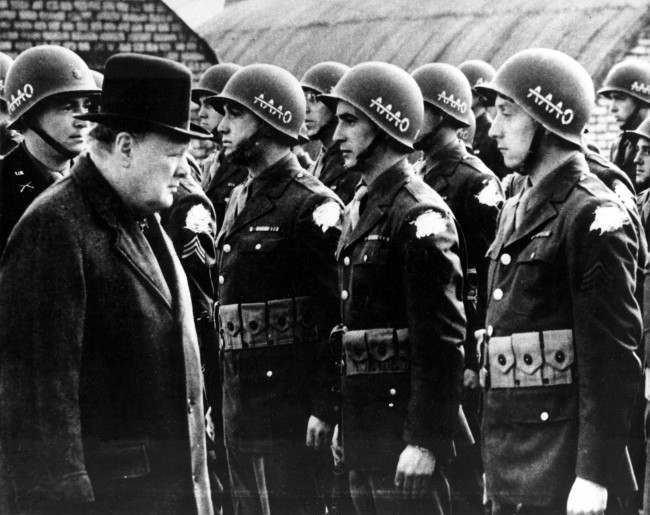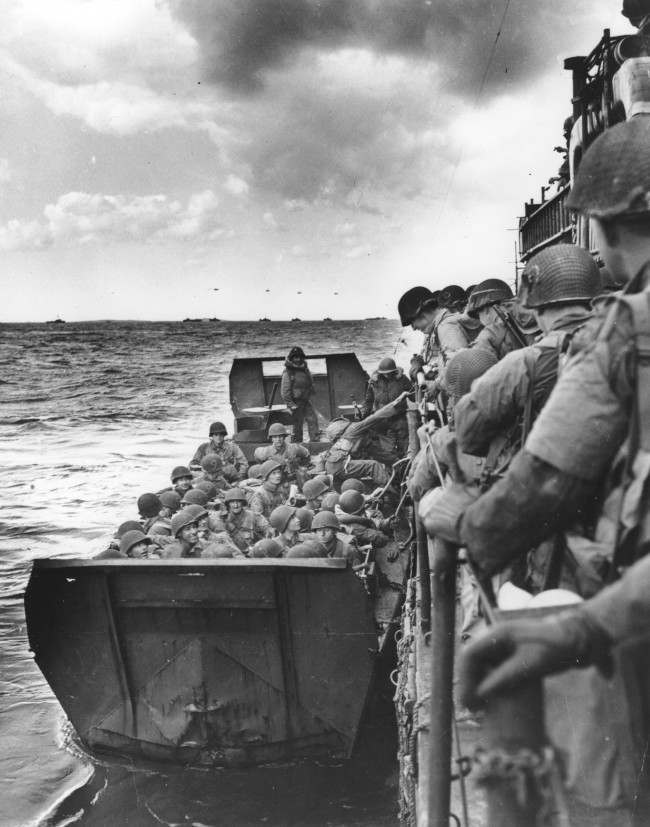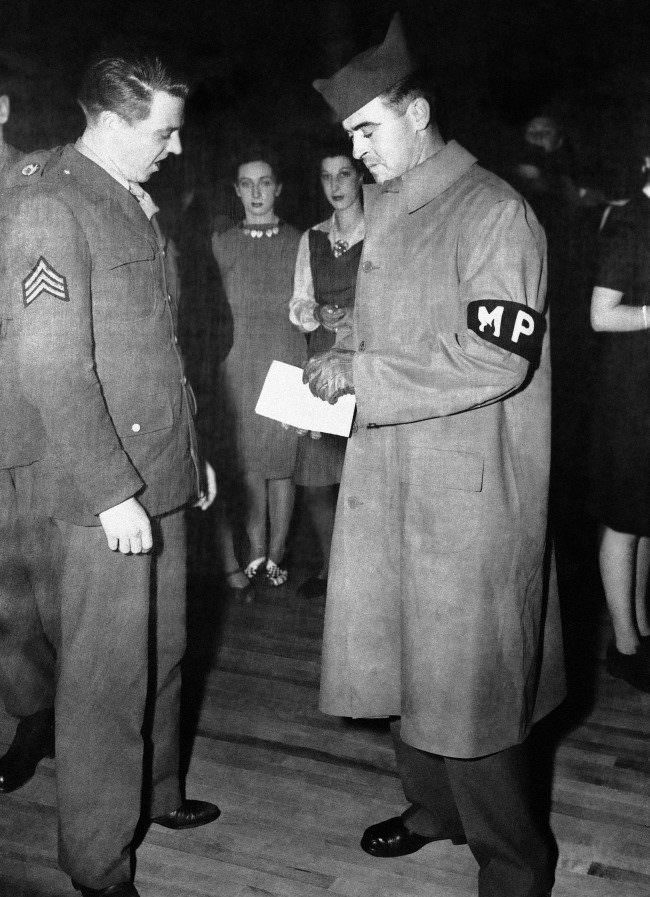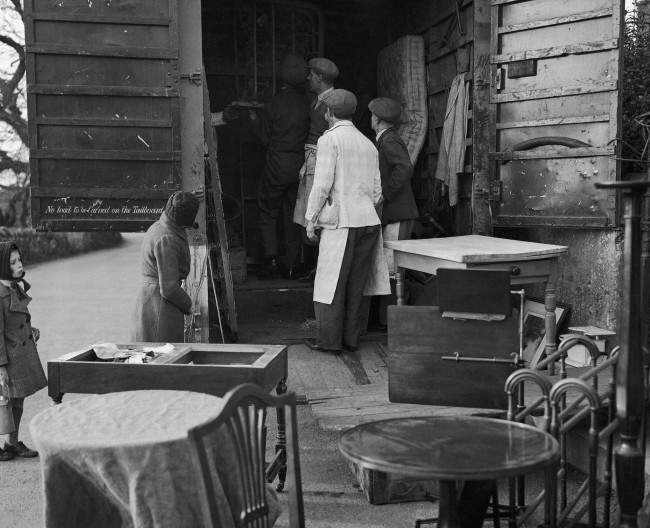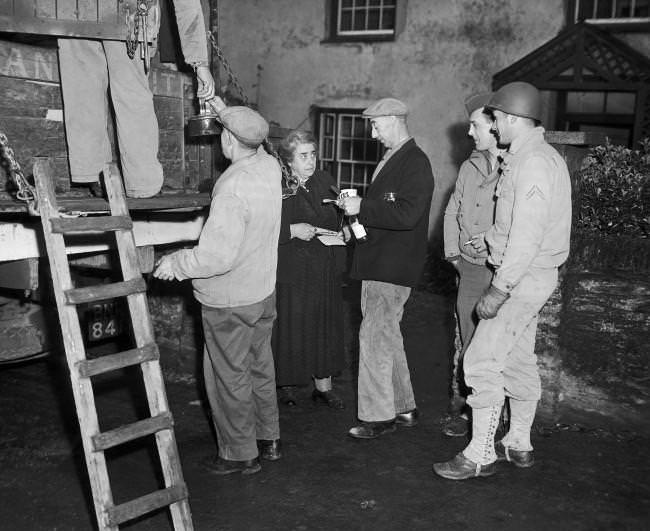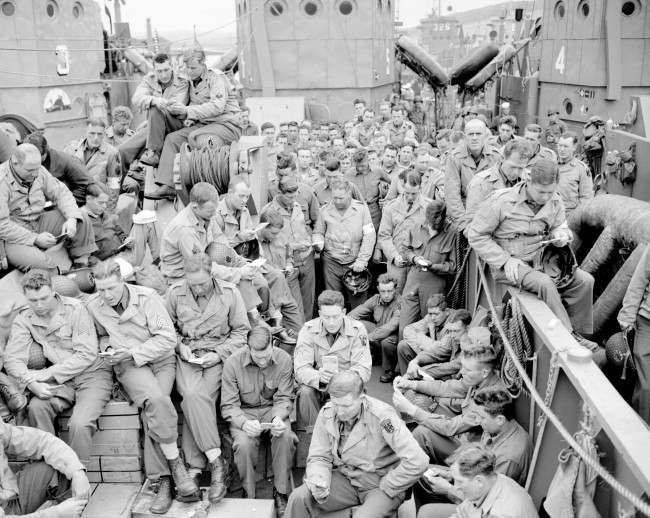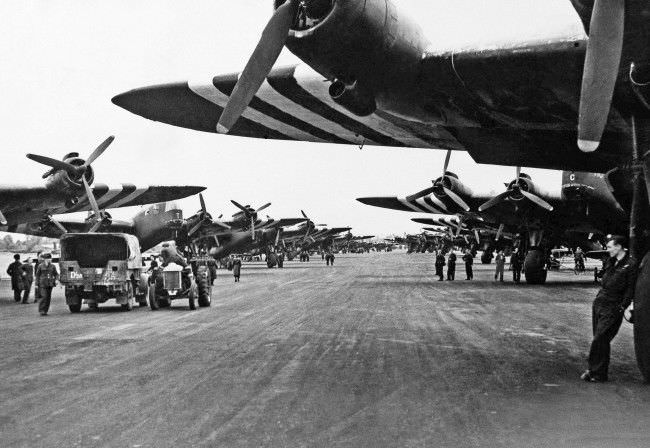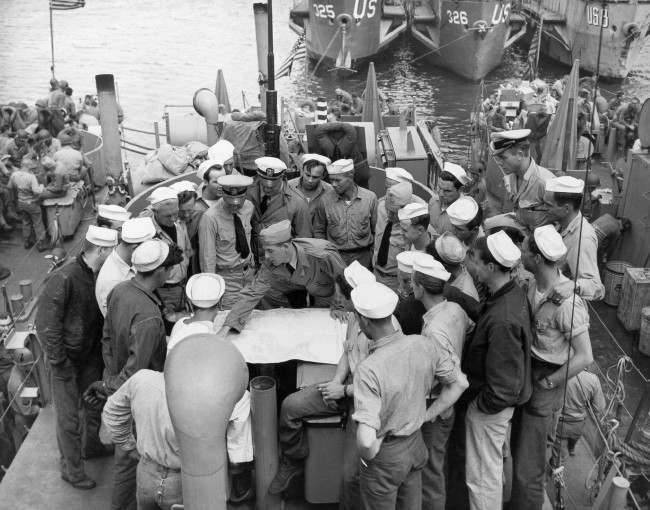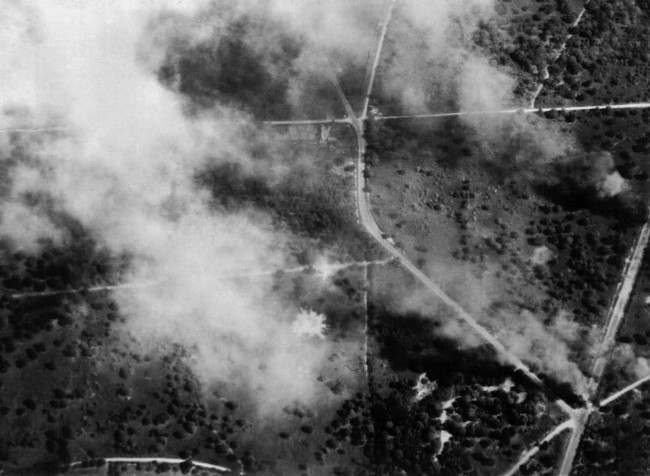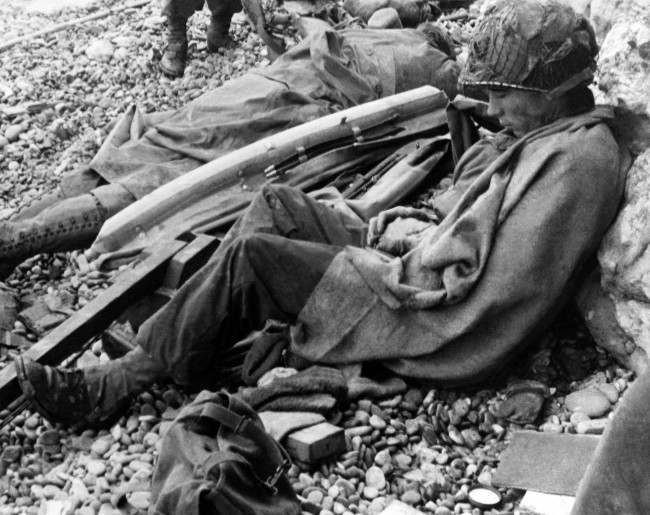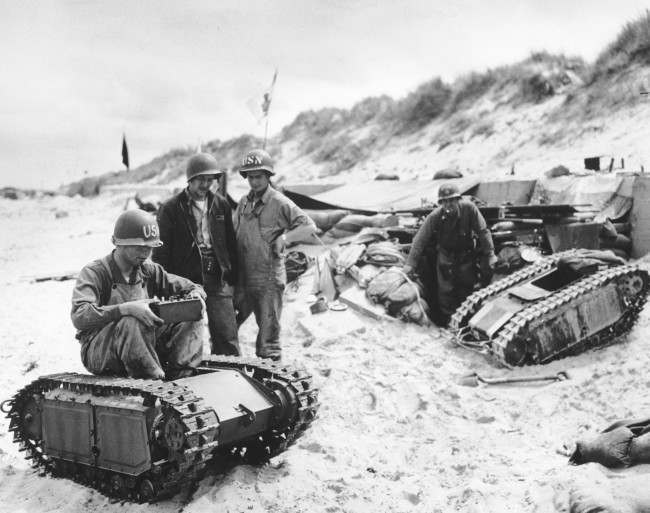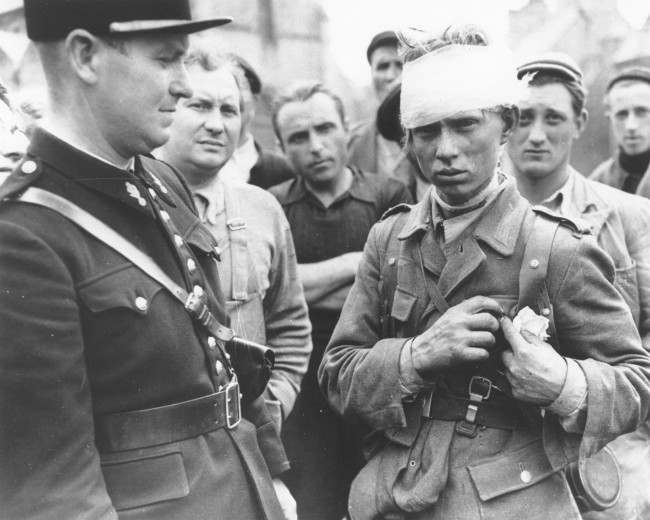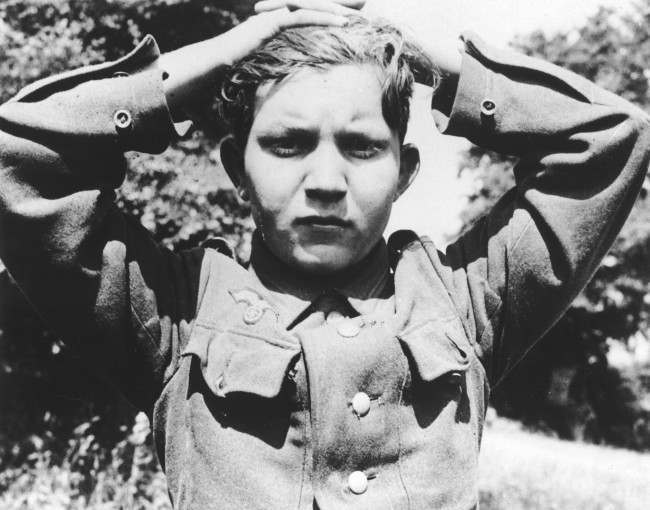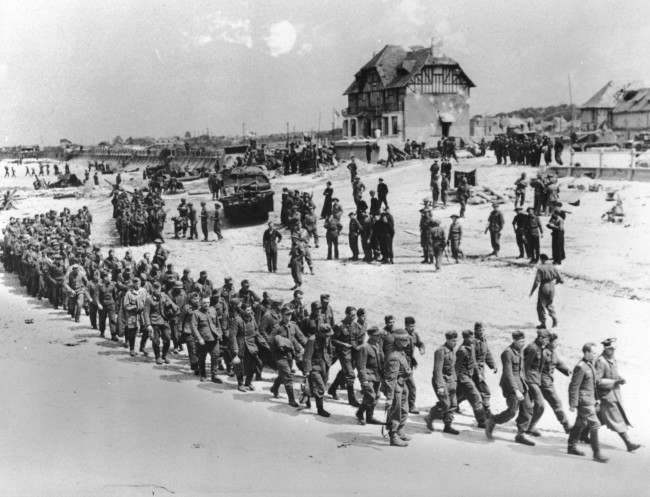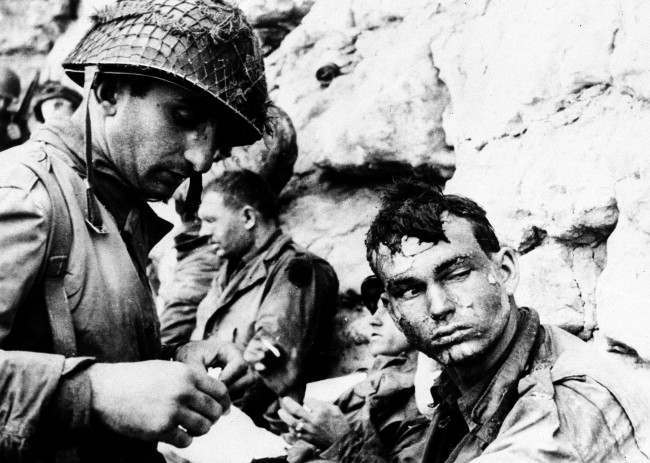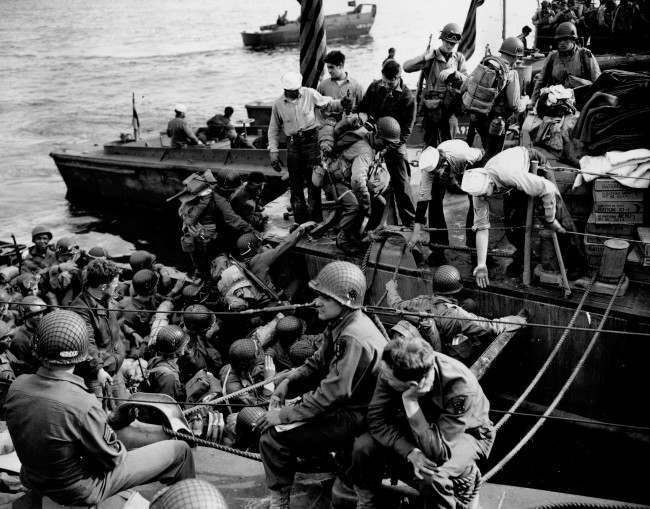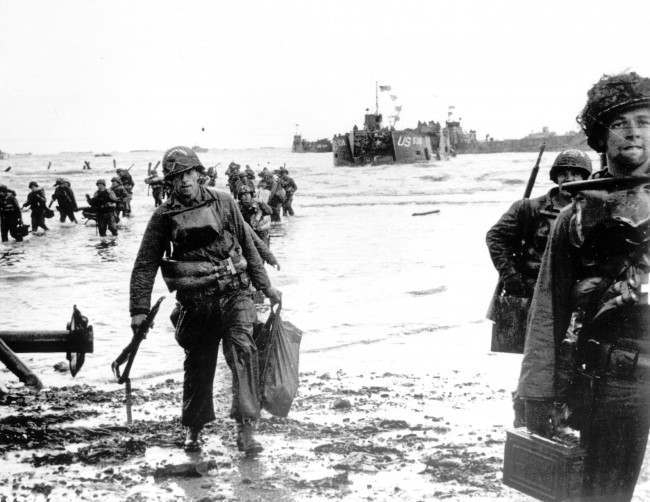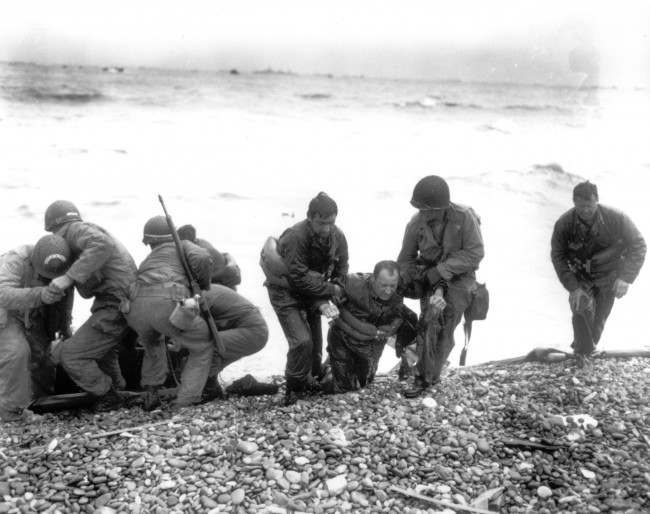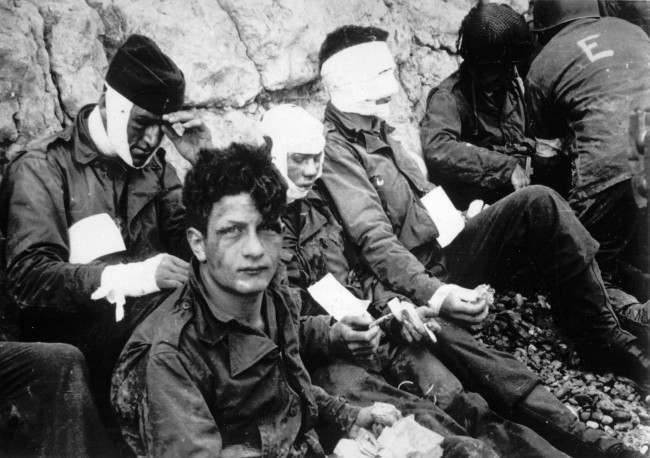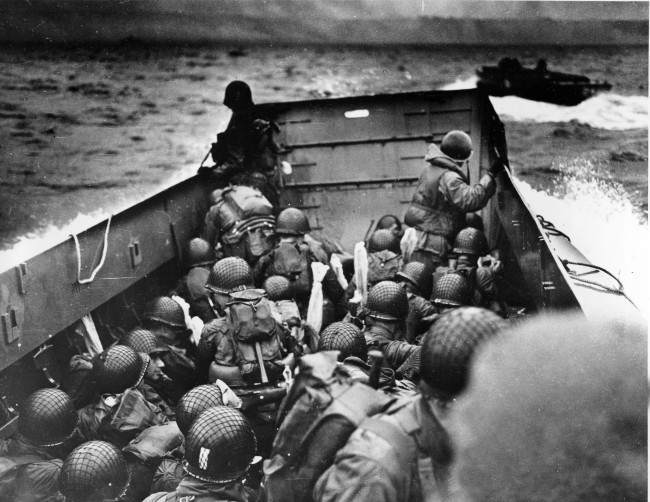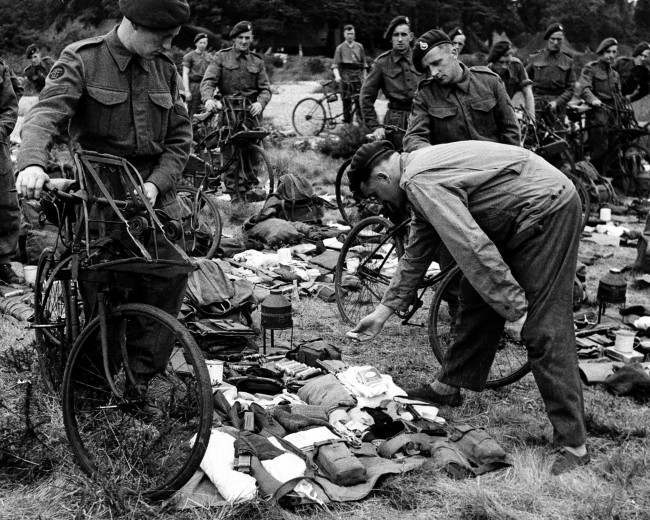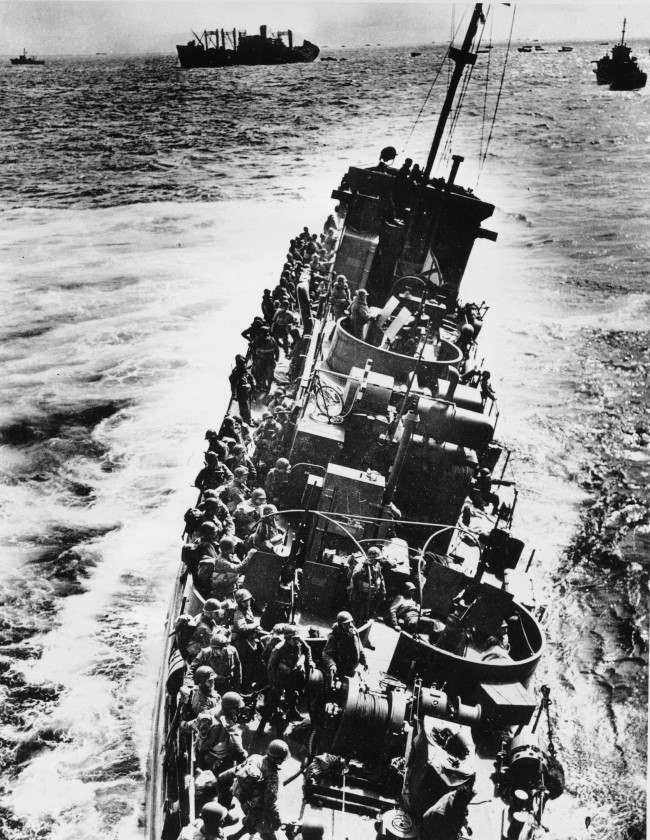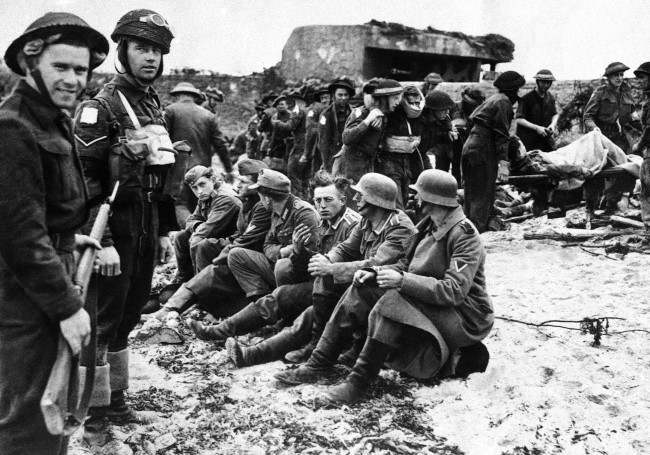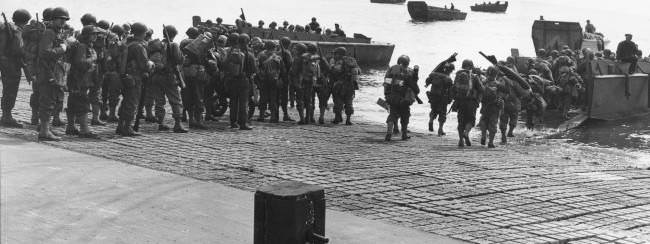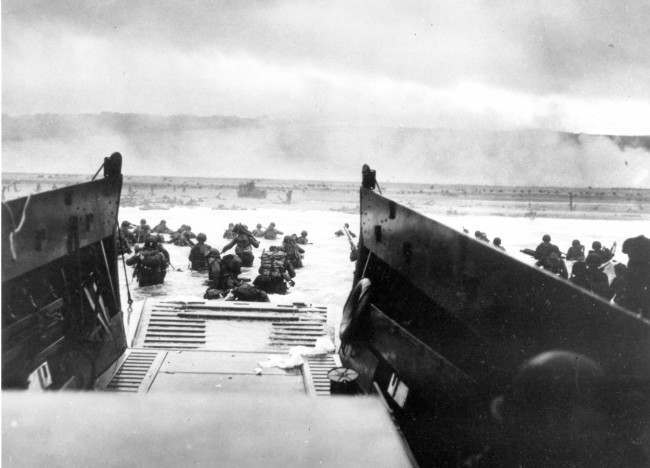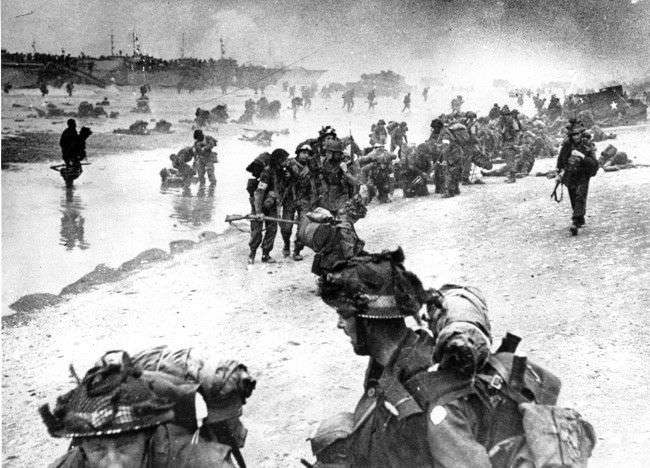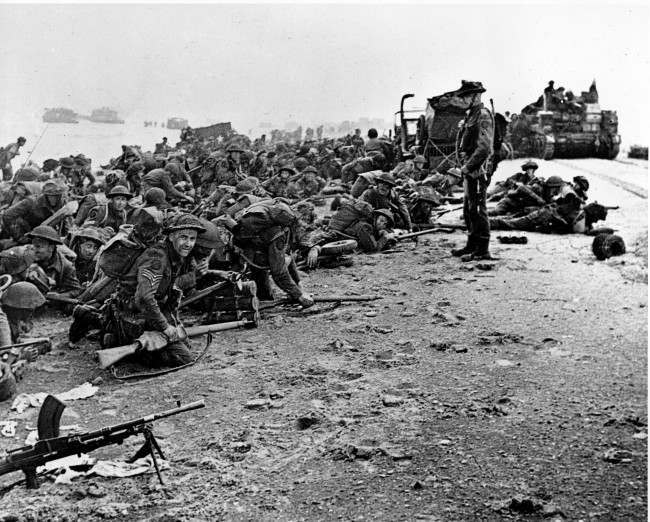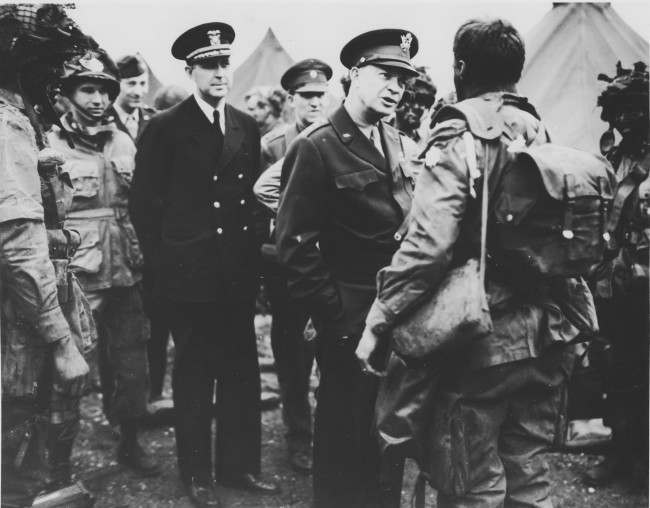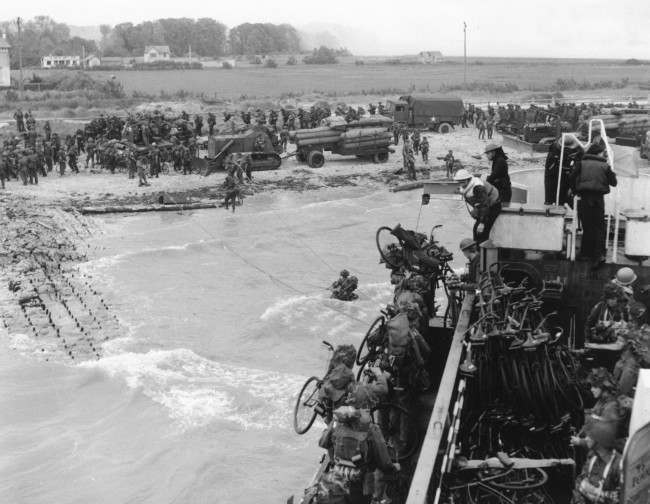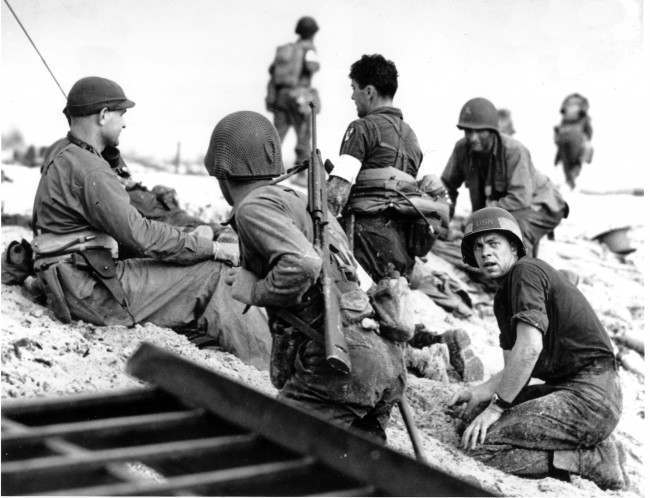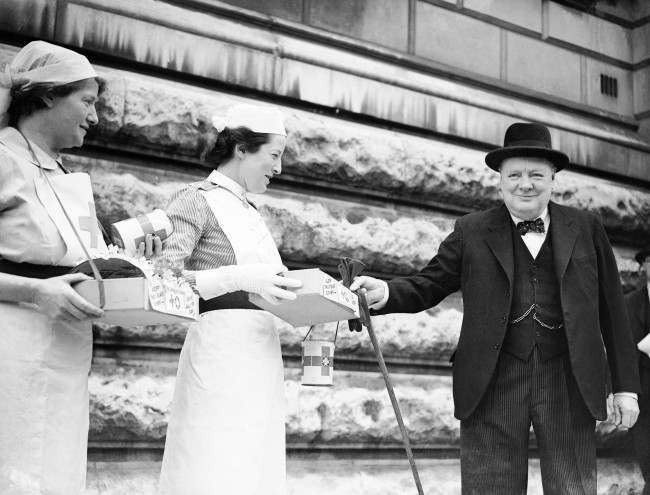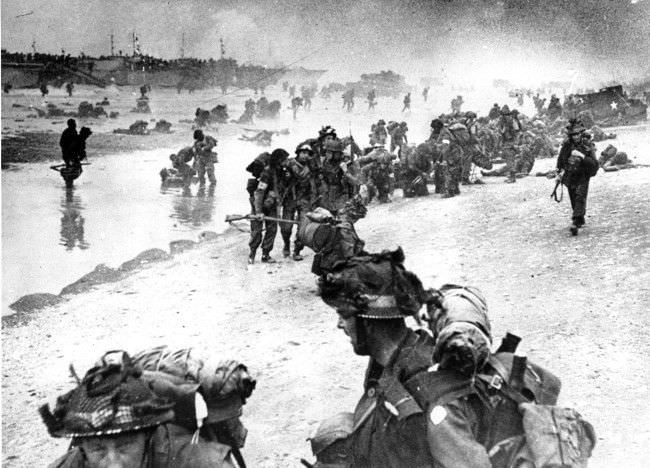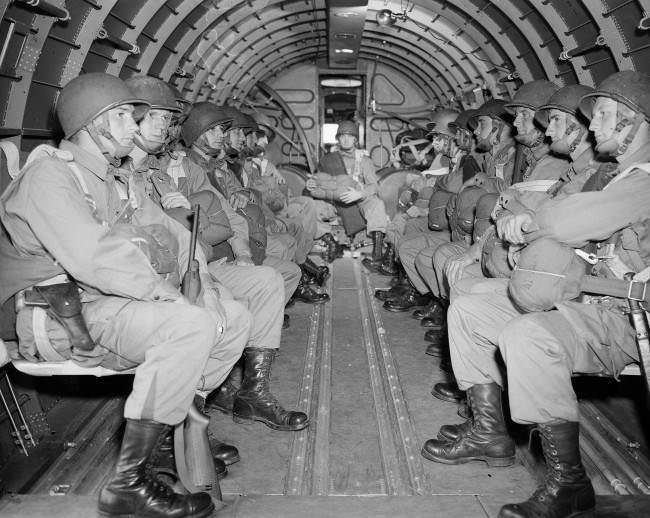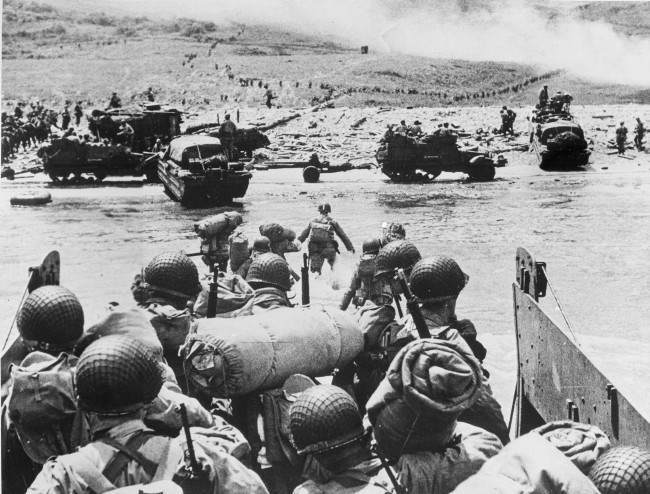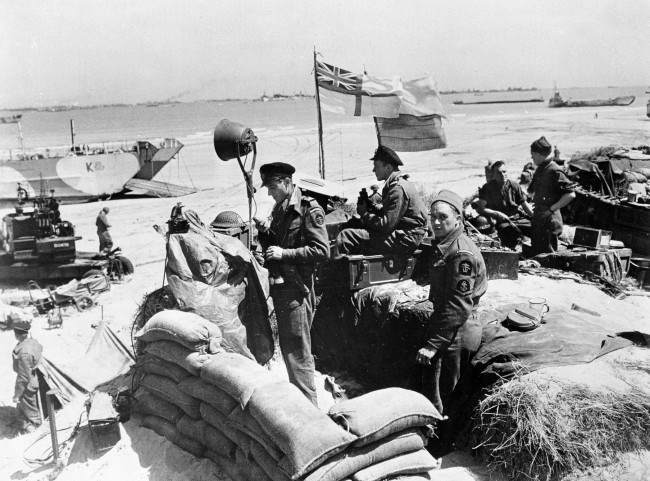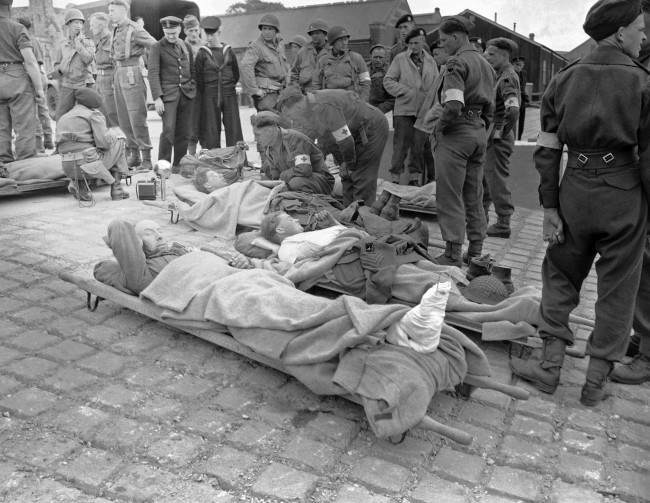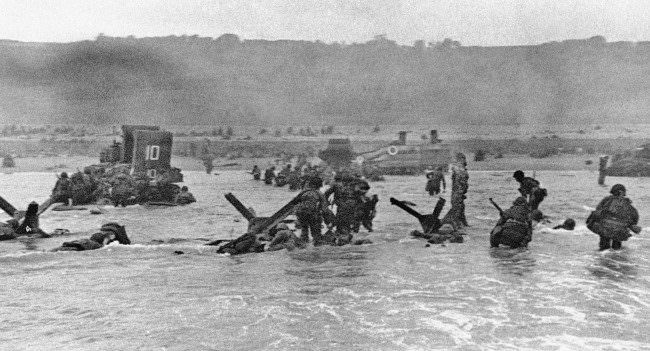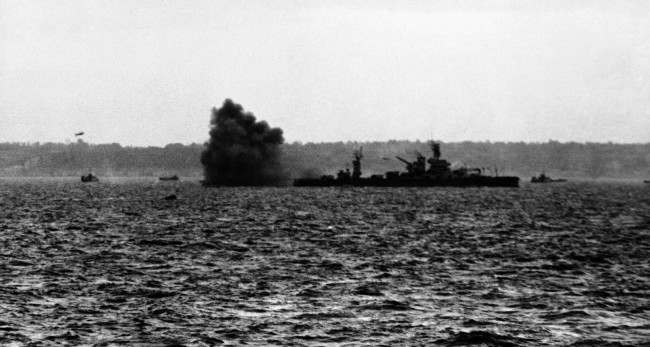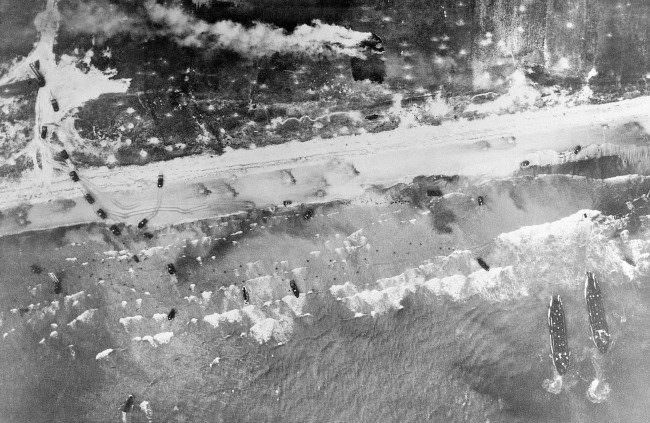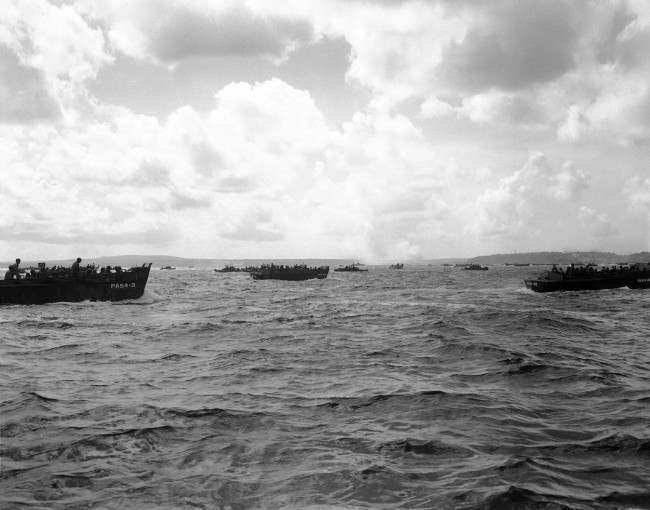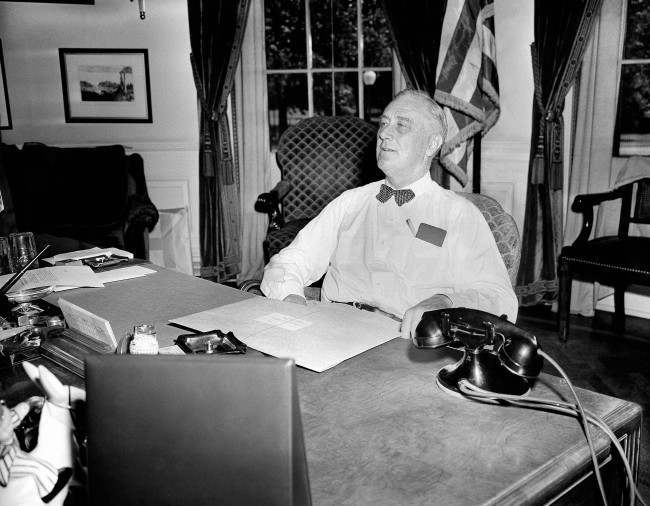D-Day, also known as the Normandy Invasion, was one of the most significant events of World War II. It took place on June 6, 1944, and involved a massive military operation by the Allied forces to liberate Western Europe from Nazi Germany. The planning, preparation, and execution of D-Day were complex and required tremendous effort and coordination.
Preparations for D-Day
The preparations for D-Day began many months before the actual invasion. The Allied forces, which included soldiers from the United States, Britain, Canada, and other countries, needed to ensure that every detail was planned meticulously.
The planning of D-Day was carried out under the code name Operation Overlord. The commander of this operation was General Dwight D. Eisenhower. The Allies decided to land on the beaches of Normandy in France because the area was less heavily defended compared to other parts of the French coast. However, it was still a daunting task because the Germans had fortified the coast with bunkers, mines, and other defenses..
Read more
Intelligence played a crucial role in the planning of D-Day. The Allies used aerial reconnaissance, spies, and the French Resistance to gather information about German defenses. They created detailed maps and models of the Normandy coast to help soldiers understand what they would face on D-Day.
To keep the Germans guessing, the Allies employed several deception tactics under the code name Operation Bodyguard. They created fake armies, complete with dummy tanks and aircraft, to make the Germans believe that the invasion would happen at a different location, such as the Pas de Calais. This strategy helped to divert German forces away from Normandy.
Training for D-Day was intense. Soldiers practiced amphibious landings, paratrooper drops, and other combat skills. They also learned to work together in large, coordinated units. Many of these training exercises took place in England, where the soldiers lived and trained for months before the invasion.
The Landings on June 6, 1944
On the night of June 5, 1944, Allied troops began boarding ships and aircraft to head towards Normandy. The invasion was divided into several phases, with the initial landings taking place at five beachheads: Utah, Omaha, Gold, Juno, and Sword.
Before the beach landings, paratroopers from the U.S. 82nd and 101st Airborne Divisions, as well as the British 6th Airborne Division, were dropped behind enemy lines. Their mission was to secure key roads, bridges, and towns to prevent German reinforcements from reaching the beaches. These airborne operations were critical for the success of the beach landings.
At dawn on June 6, the first waves of soldiers landed on the beaches of Normandy. Each beach had its own challenges and obstacles:
Utah Beach: The U.S. 4th Infantry Division landed at Utah Beach. Strong tides pushed the landing craft off course, but this actually helped the soldiers avoid some of the heaviest defenses. The landings at Utah Beach were relatively successful with fewer casualties.
Omaha Beach: The landings at Omaha Beach were the most difficult. The U.S. 1st and 29th Infantry Divisions faced fierce resistance from well-fortified German positions. Many landing craft were destroyed before reaching the shore, and those that did faced heavy machine-gun fire. Despite high casualties, the soldiers eventually secured the beach.
Gold Beach: The British 50th Infantry Division landed at Gold Beach. They faced strong defenses but managed to push inland and link up with Canadian forces from Juno Beach.
Juno Beach: The Canadian 3rd Infantry Division landed at Juno Beach. They faced rough seas and heavy defenses but were able to advance and secure their objectives.
Sword Beach: The British 3rd Infantry Division landed at Sword Beach. They faced stiff resistance but were able to advance and capture key targets, including the town of Ouistreham.
Struggles and Challenges
The invasion did not go exactly as planned. Many soldiers faced unexpected challenges and had to adapt quickly to survive.
The weather on D-Day was not ideal. Rough seas and strong winds made the landings more difficult. Many soldiers were seasick and exhausted by the time they reached the beaches. The rough conditions also caused many landing craft to sink or capsize.
The Germans had fortified the beaches with bunkers, barbed wire, mines, and other obstacles. Soldiers had to wade through water, avoid obstacles, and find cover while under constant fire from machine guns and artillery. Clearing the beaches was a slow and dangerous process.
Communication was a major challenge on D-Day. Many radios and other equipment were damaged or lost during the landings. This made it difficult for units to coordinate their movements and for commanders to get an accurate picture of the battle. Despite these issues, soldiers used whatever means they had to communicate and continue the fight.
The Aftermath of D-Day
After the initial landings, the Allies faced the daunting task of securing their positions and pushing inland. The battle for Normandy would last for several more weeks as the Allies fought to break through German defenses and liberate France.
Securing the beachheads was the first priority. Engineers worked to clear mines and obstacles, and reinforcements were brought ashore. Supplies, including food, ammunition, and medical equipment, were unloaded to support the advancing troops.
Once the beachheads were secured, the Allies began to push inland. They faced fierce resistance from German forces, who were determined to hold their positions. The fighting was brutal, with both sides suffering heavy casualties. Towns and villages in Normandy became battlegrounds as the Allies advanced.
The success of D-Day and the subsequent battles in Normandy paved the way for the liberation of Paris. On August 25, 1944, French and Allied forces entered the city, freeing it from German occupation. This was a significant milestone in the fight to liberate Europe from Nazi control.


